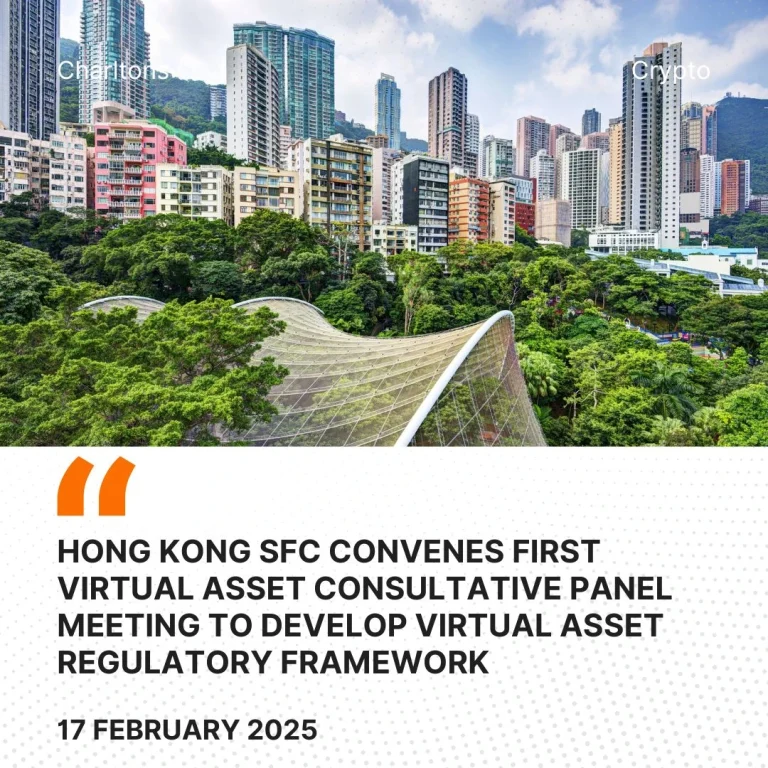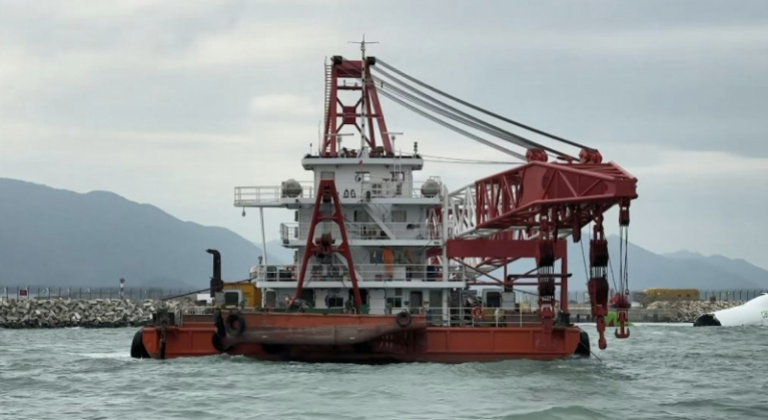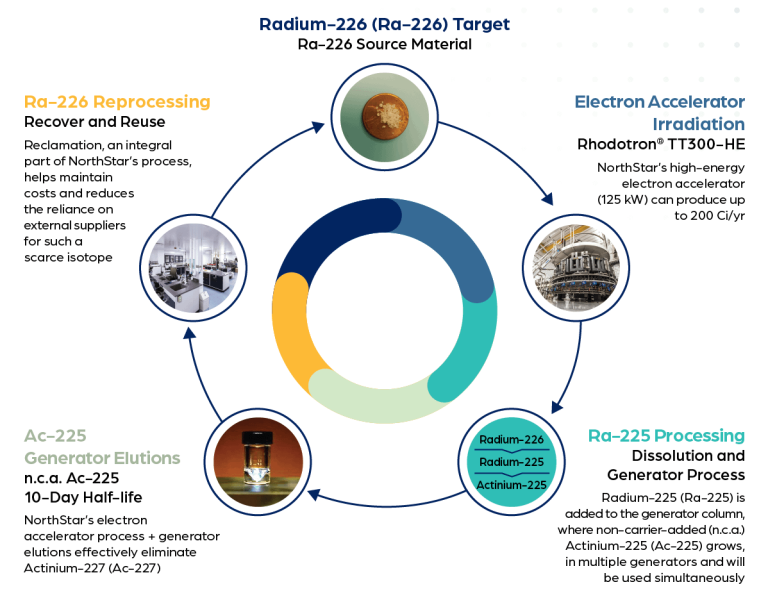Ocean Park, a beloved Hong Kong theme park, is facing a critical crossroads with its Water World attraction, which has become a significant financial drain on the organization’s resources. Despite the park’s overall revenue increasing by 9% to HK$1.28 billion for the 2024/25 fiscal year, Water World has emerged as a substantial liability, recording an operational loss of HK$148.3 million.
The water park, which opened in 2021 as a centerpiece of Ocean Park’s revitalization strategy, has consistently underperformed against initial visitor projections. Chairman Paulo Pong Kin-yee has been candid about the challenges, openly discussing potential solutions ranging from transferring operations to the Leisure and Cultural Services Department to potentially shutting down the attraction entirely.

Interestingly, the park has found an unexpected financial reprieve in Water World’s current closure. The attraction has been shut since mid-October and will remain closed until May, a period during which the absence of operating costs actually provides some financial relief. Pong noted that the winter closure has been particularly beneficial in terms of reducing losses.

Despite aggressive marketing efforts, including discounted student tickets priced at HK$88 and innovative night-time DJ parties, Water World has struggled to attract sufficient visitors. This challenge reflects broader shifts in tourism trends, with modern travelers increasingly preferring shorter, more social media-friendly experiences over traditional full-day outings.
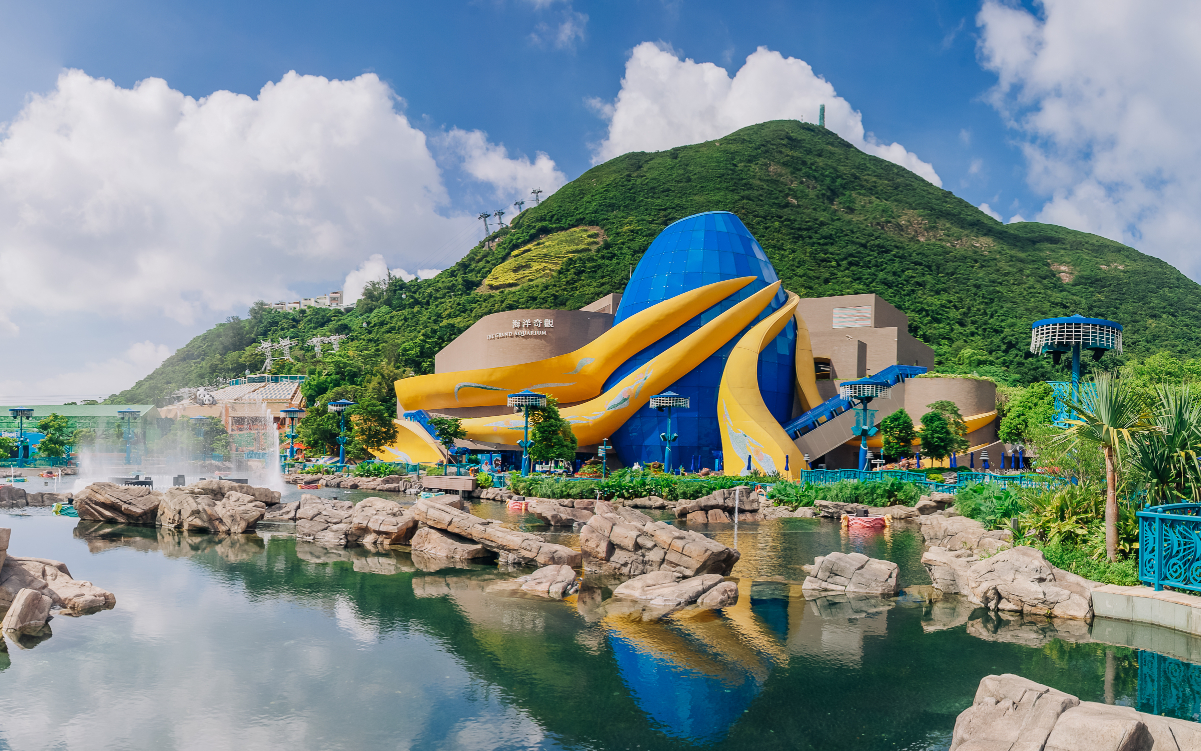
The broader Ocean Park site has shown more promising financial performance, achieving an operating surplus of HK$190.7 million, a 14% increase from the previous year. However, this positive result is overshadowed by Water World’s losses and a HK$200 million reduction in impairment reversal for property, plant, and equipment.
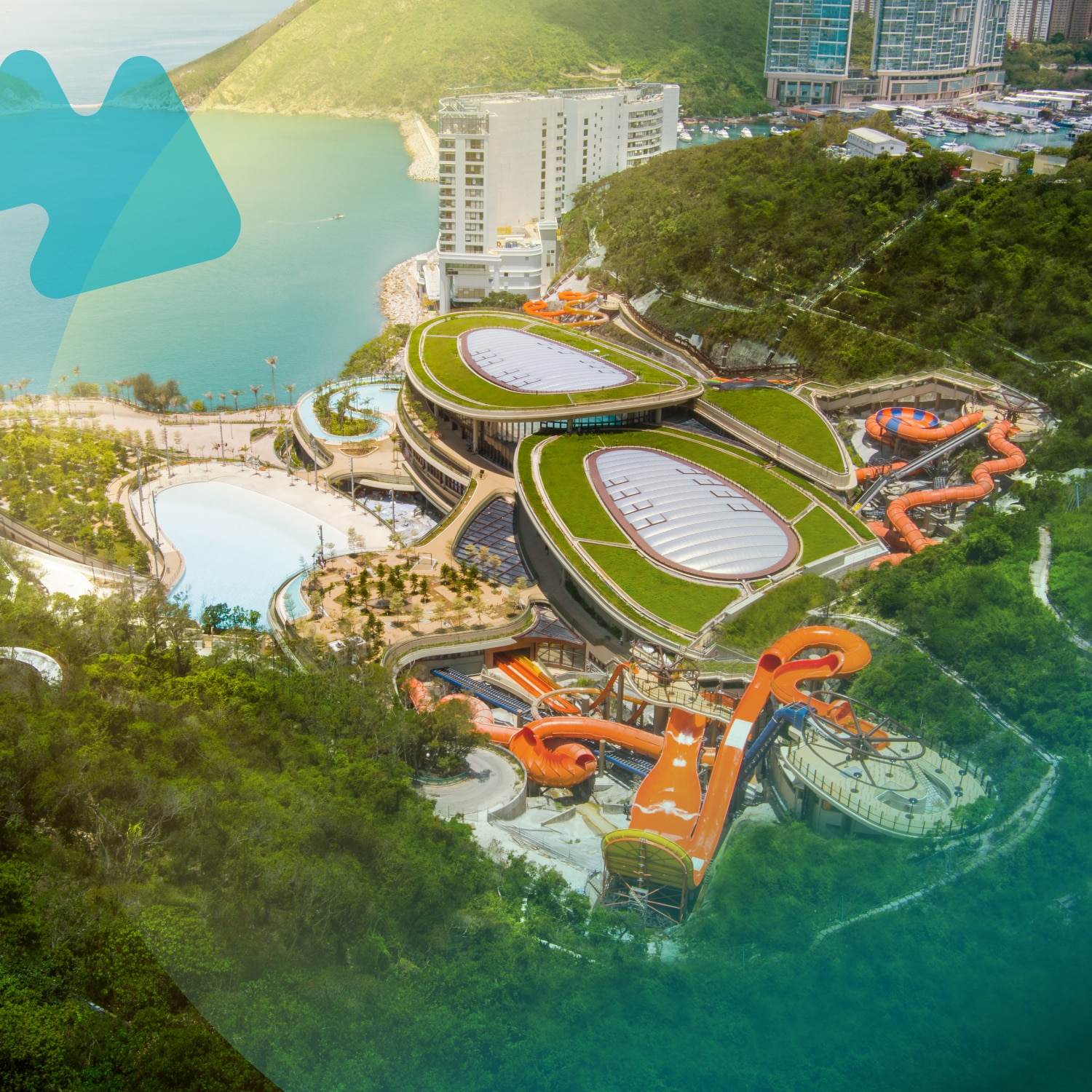
In response to these challenges, Ocean Park is taking a proactive approach. The organization has sought advice from international and mainland water park operators, exploring potential revamps that could improve the attraction’s appeal and operational efficiency. Suggestions have included strategic additions or removals of facilities to enhance visitor experience and financial viability.
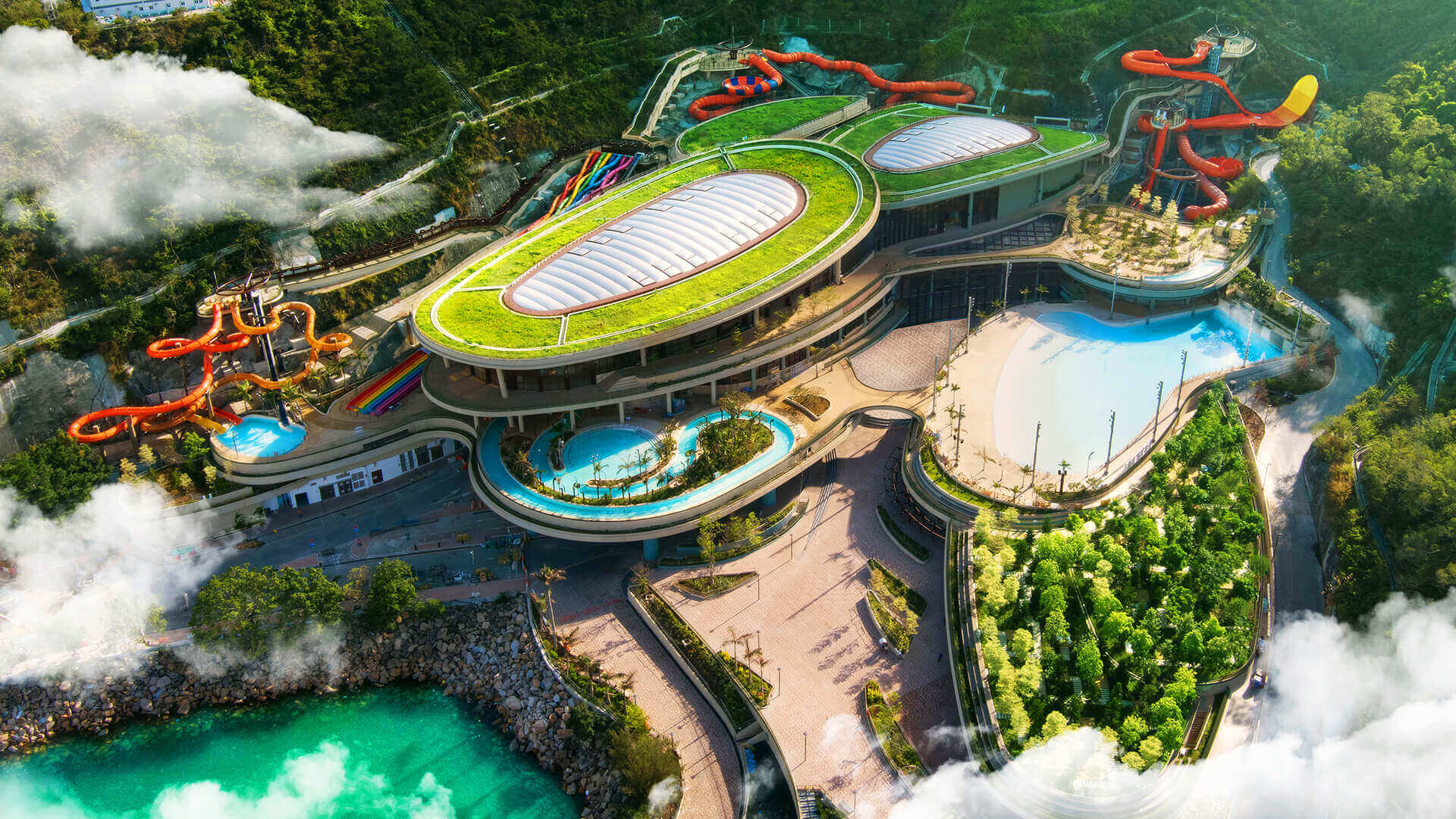
The situation has reignited discussions about the government’s role in supporting Ocean Park. With the theme park having already received substantial public funding in the past, any further subsidies or potential government takeover of Water World could place an additional financial burden on Hong Kong taxpayers.
The park’s leadership is carefully weighing all options, conducting stakeholder consultations and strategic evaluations to determine the most responsible path forward. The goal remains preserving Ocean Park’s broader mission as a key tourist attraction while addressing the significant financial challenges posed by Water World.
As discussions continue, the future of this once-promising attraction hangs in the balance. The park must navigate complex financial considerations, changing tourism dynamics, and public expectations to find a sustainable solution that protects both its operational integrity and its role in Hong Kong’s cultural landscape.
The unfolding story of Water World serves as a compelling case study in the challenges facing modern theme parks, highlighting the delicate balance between innovation, financial sustainability, and public entertainment in an increasingly competitive and dynamic tourism market.





